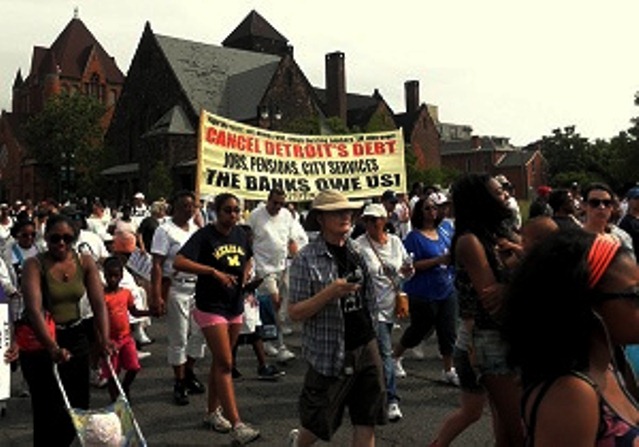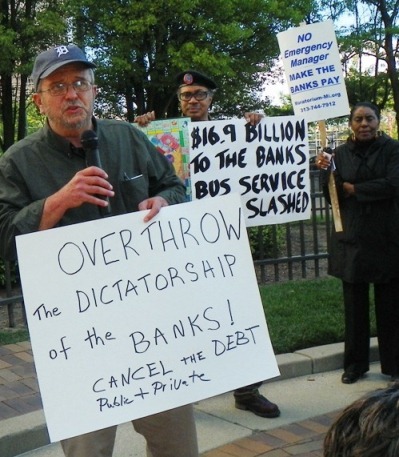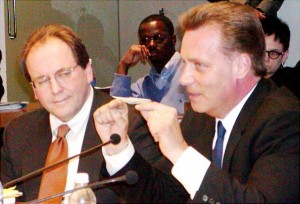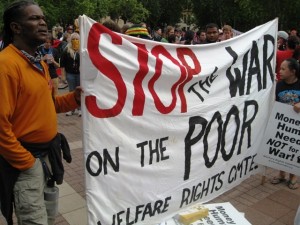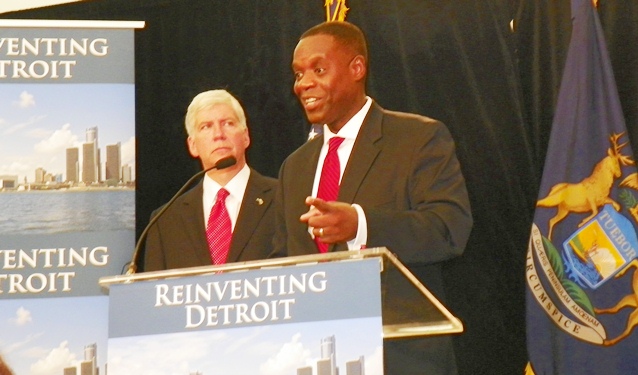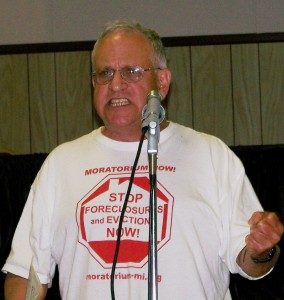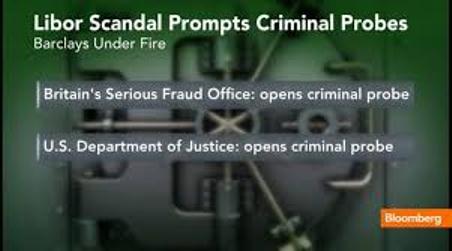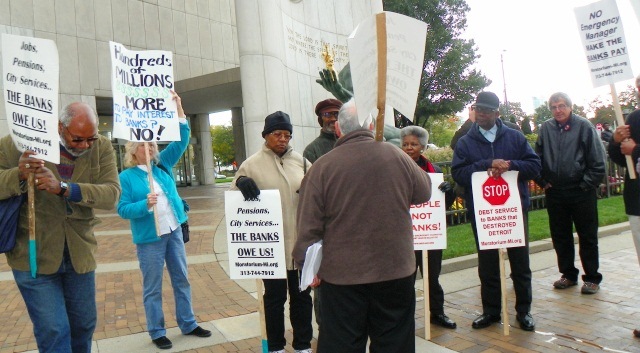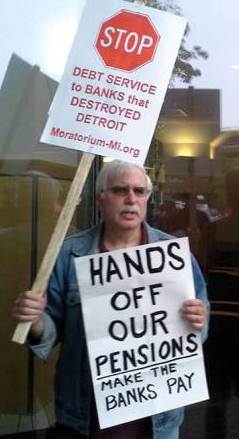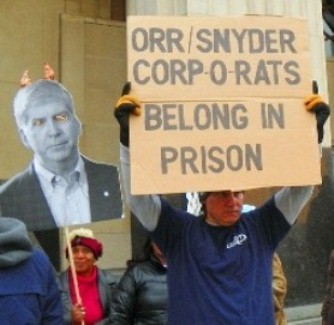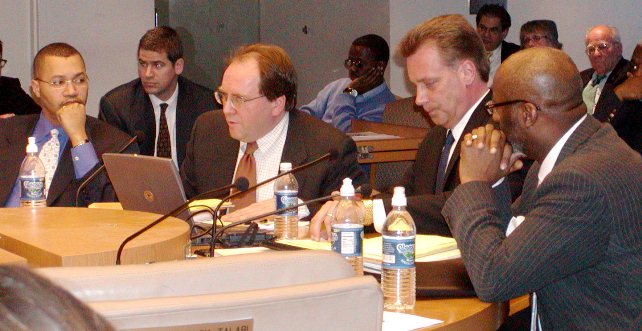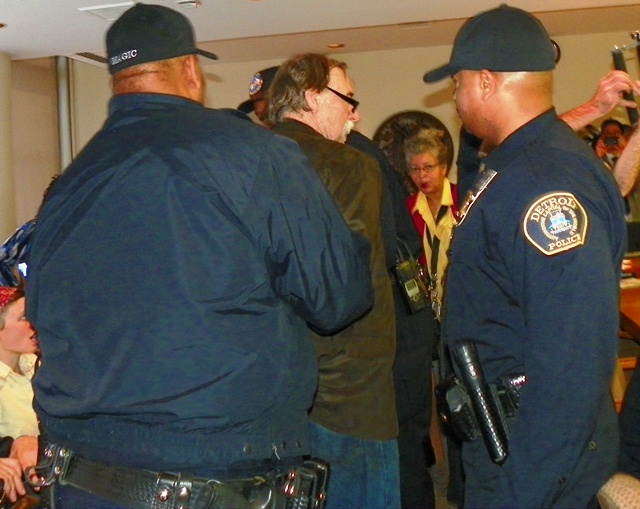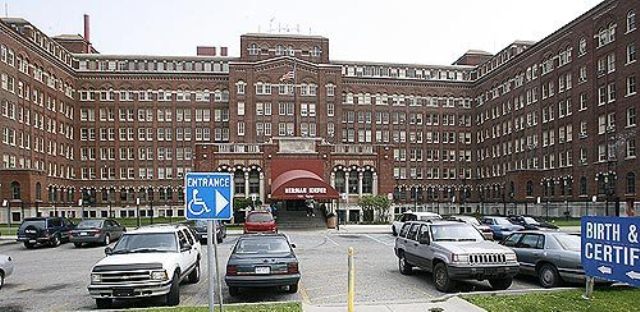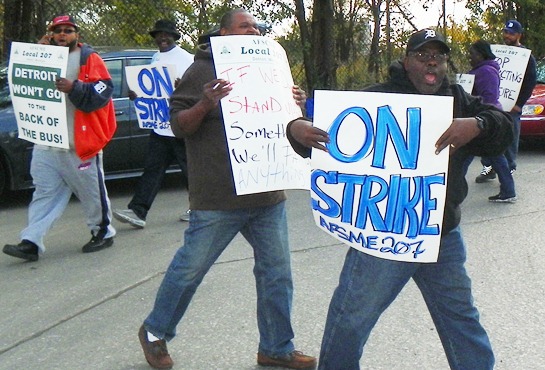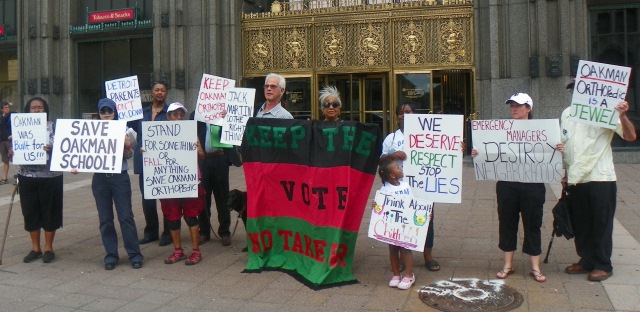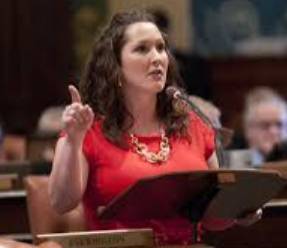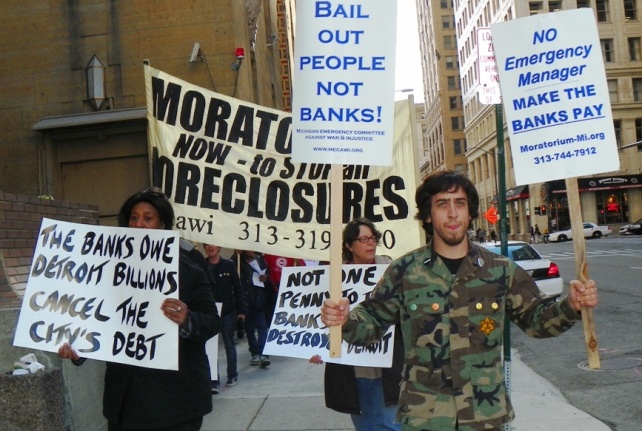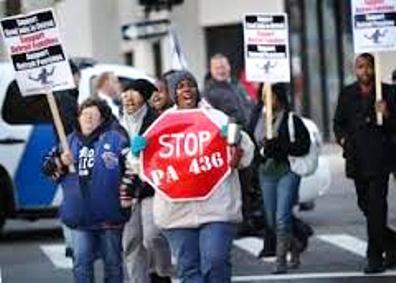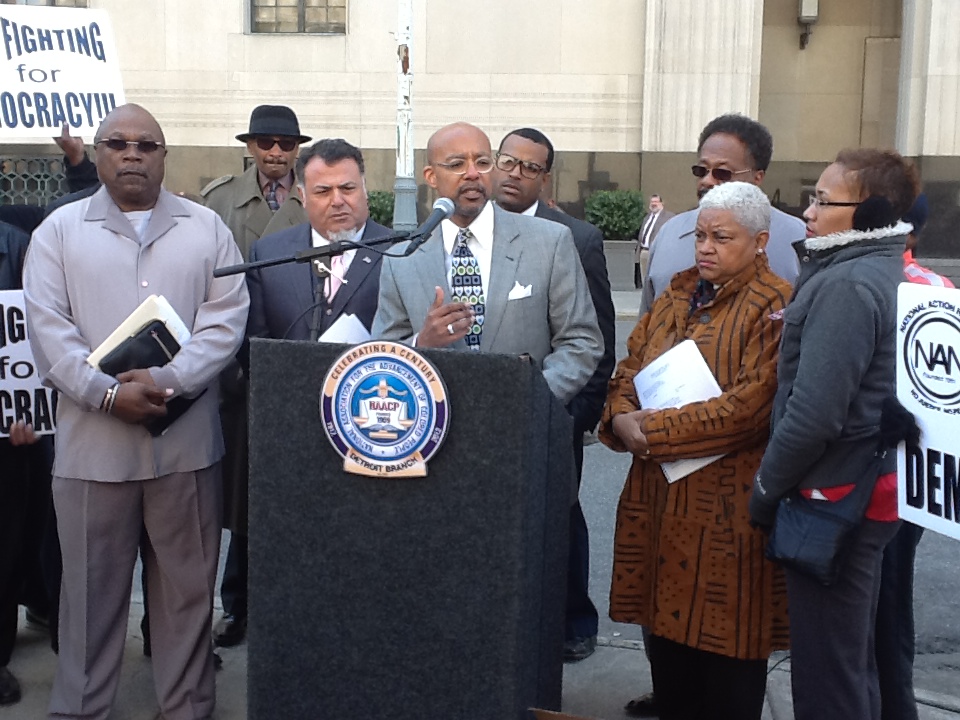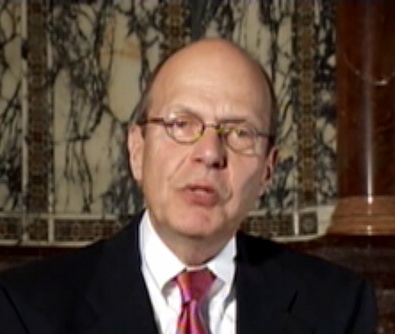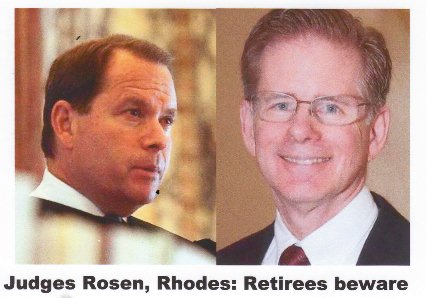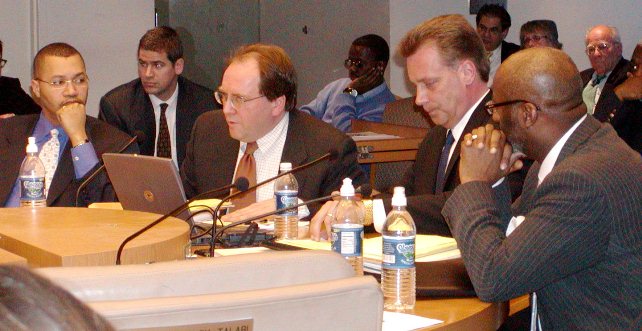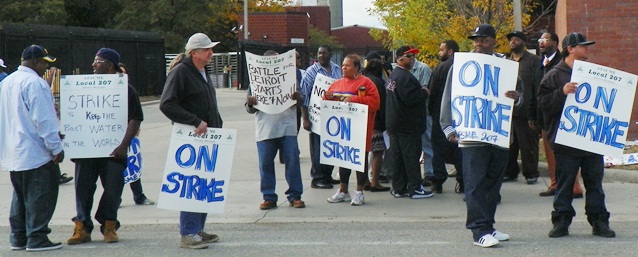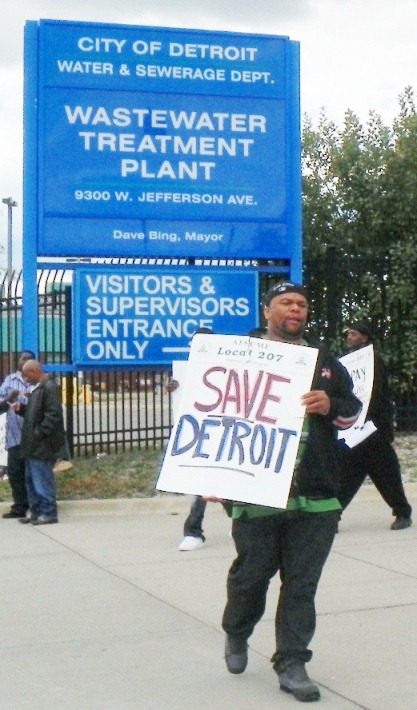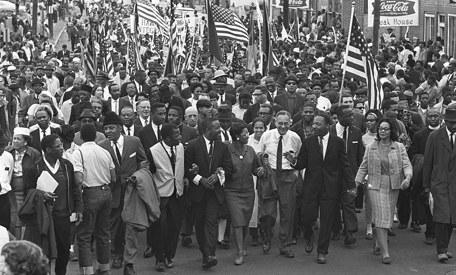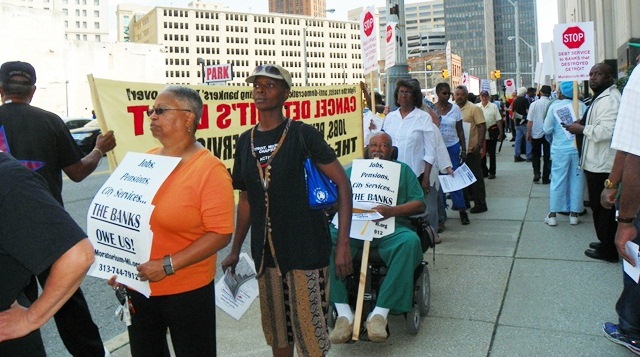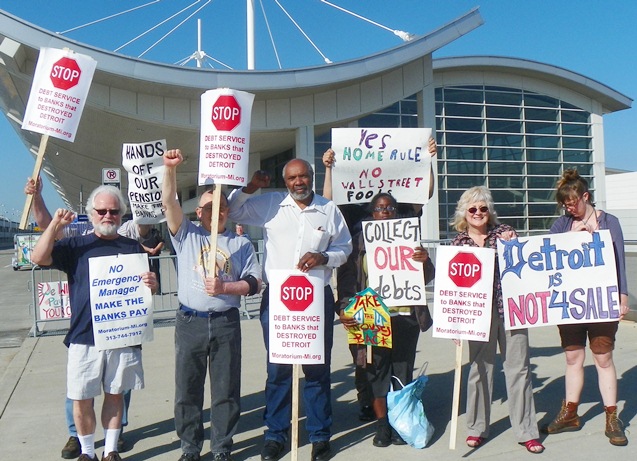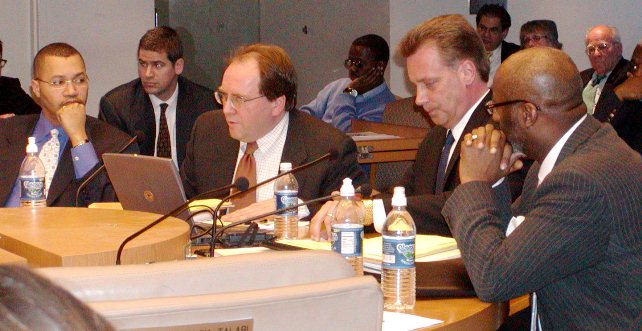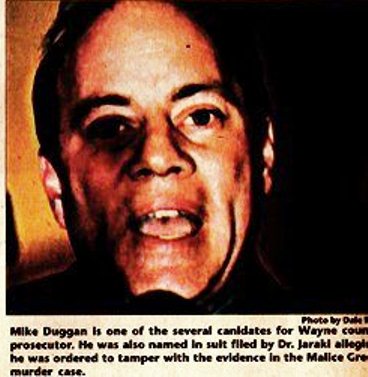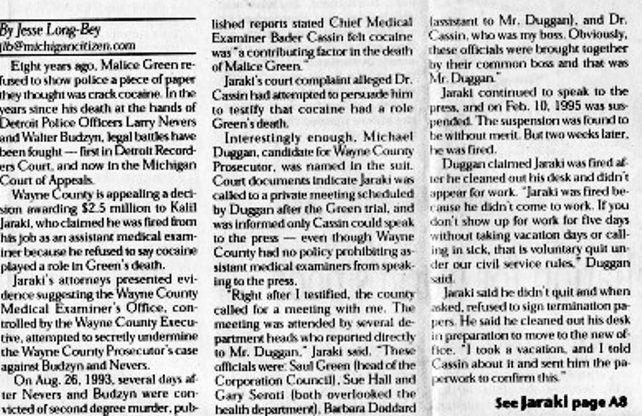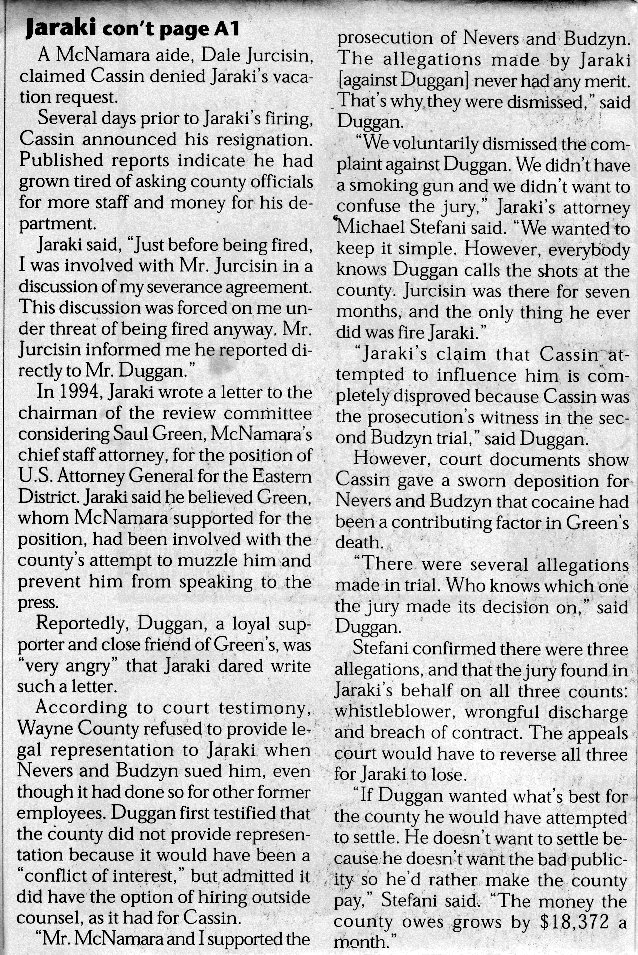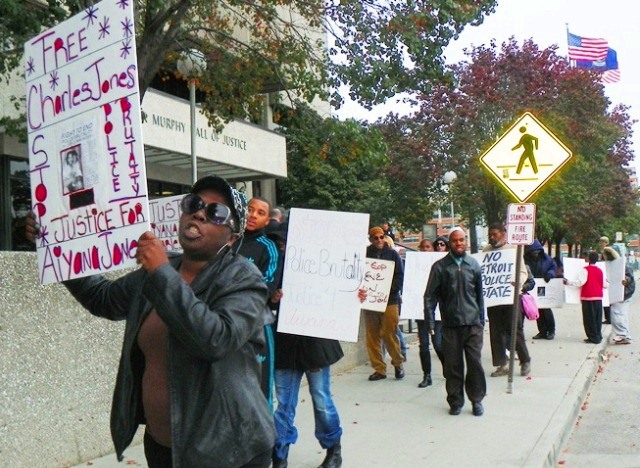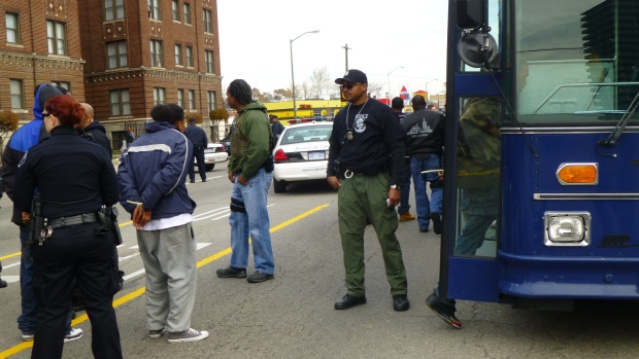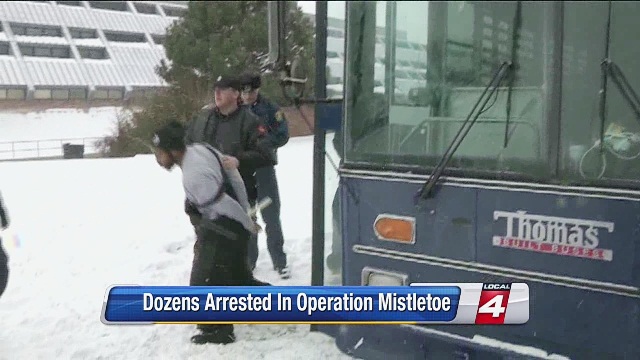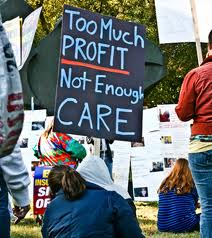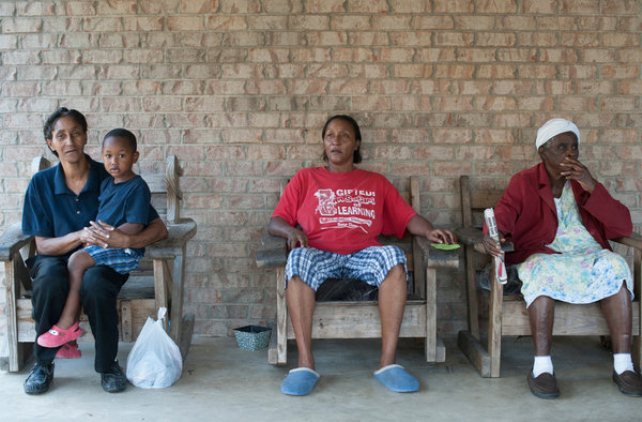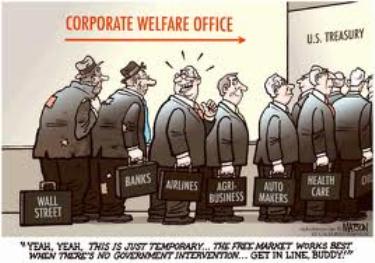By Jay Janson
January 15, 2014, Dr. King’s birthday
On TV, the week-end before the Martin Luther King Jr.’ birthday holiday, see all the celebrities, Black, white, Asian, Latino. They will come to praise King and bury again King’s condemnation of US atrocity “wars meant to maintain unjust predatory investments on three continents.” [1]
They will hail King to heaven, loudly, to drown out anyone whispering that King called their dirty government “the greatest purveyor of violence in the world.” [1]
They will be talkative, have lot to say about how good King was, but before and afterward, they will have been, and will continue be, silent about their friends and neighbors, maybe some family members, slaughtering, or having slaughtered, what has now amounted to tens of millions of innocent non-white men, women and children. The confident deep pocket investors in war, owners of 98% of America’s sources of information, owners of the government and rulers of society, hope we understand this silence as ‘patriotism.’
The Martin Luther King Jr. everyone on TV will be making a big show of praising, had a different understanding of such silence about genocide, “B E T R A Y A L!” [1]
The young Martin Luther King knew about the genocidal way the land and lives of Native Americans were taken. He knew that more than a million of his ancestors were murderously enslaved to make money for wealthy Americans. Knew about the deadly war on Mexico and the raping away of half its land area. Knew the Japanese had to sign a trade agreement or see Yokahama cannoned into ashes. – knew about the years of horrible massacres committed in conquering the Philippines. (Maybe he even learned that Korea was given to the Japanese for their accepting a US owned Philippines.)[2]
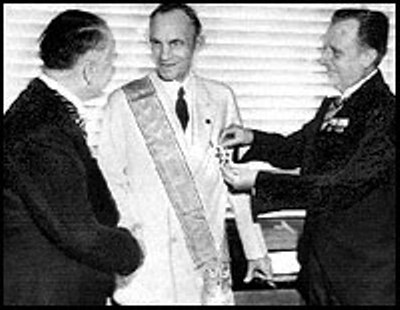
- German diplomats award Henry Ford, center, with their nation’s highest decoration for foreigners, the Grand Cross of the German Eagle, in July 1938. (AP Photo). Especially timely as Detroit’s Big Three auto companies host International Auto Show at Cobo Hall. Both Ford and GM were involved heavily in investments in Nazi Germany. Up to 60 percent of U.S. corporate investments went there.
Certainly knew of the invasion of China, shooting of Chinese and looting of Beijing. Knew profits from loans to keep bloody World War One going made the US a great colonial power. Knew of the decades-long ruthless military occupation of Haiti and Nicaragua. might have known that all of the greatest US corporations heavily invested and joint ventured in low wage prostate Nazi Germany, building its Wehrmacht up to number one military power in less than five years in full knowledge of Hitler’s constantly announced plans for communists, Jews and the Soviet Union. Everyone knows the mega profits from a war that took fifty million lives and its aftermath made the US the awesomely wealthy single superpower.
King might have learned that the US army occupied Korea after its US-supported brutal forty year Japanese occupation, disbanded the democratic government the withdrawing Japanese had permitted to form, flew in from Washington and installed a murderous and hated Korean dictator in the South, whose police and special forces would massacre nearly 200,000 men, women and children in persecution of communists, socialists, unionists, nationalists and people against division of its nation; 60,000 on Cheju Island alone.[3]
 He might have known that the US massively lethal 1950 re-invasion and subsequent genocidal bombing flat of every city and town on the entire peninsula of what had been a US officially recognized Japanese colony took place in a Korea already re-united during the five previous weeks, as soldiers of the South defected north or went home rather than fight for the hated US imposed dictator, who even after being re-installed by America fire power, had to flee for his life; that today, in South Korea, his name, Syngman Rhee, is never mentioned except solely for having been its first president.
He might have known that the US massively lethal 1950 re-invasion and subsequent genocidal bombing flat of every city and town on the entire peninsula of what had been a US officially recognized Japanese colony took place in a Korea already re-united during the five previous weeks, as soldiers of the South defected north or went home rather than fight for the hated US imposed dictator, who even after being re-installed by America fire power, had to flee for his life; that today, in South Korea, his name, Syngman Rhee, is never mentioned except solely for having been its first president.
King knew about the first thirteen years of what is now sixty years of US enforced diabolical international sanctions suffered by the population of North Korea and biannual US live fire war games off its coast within earshot of its capital and would have made King understand why North Korea made itself the most heavily militarized half-nation on Earth.

- Patrice Lumumba, Congo President murdered in U.S. led coup, calls to mind the slaughter of Muammar Gadhafi and the massive devastation of Libya, an oil-rich well-developed country which sought to lead the African continent to prosperity and independence from the neocolonialist powers.
The murder of popular first Congo president and installation of the abominable Mobutu in his place, who would cause millions of deaths is well known, as is President Ike bringing another genocide to Guatemala with his overthrow of another democratically elected and beloved president. But with the horrific carpet bombing of Laos and the holocaust Americans put upon Vietnam after paying the French army for eight years to retake the colony it had turned over to Japan during the Second World War, our now more worldly aware and politically informed successful hero Rev. Dr. Martin Luther King Jr., in early 1967, now knew enough, AND HAD HAD ENOUGH.
He said:
“A time comes when silence is betrayal.” And that time has come for us. “They languish under our bombs and consider us, not their fellow Vietnamese, the real enemy. They move sadly and apathetically as we herd them off the land of their fathers into concentration camps where minimal social needs are rarely met. They know they must move on or be destroyed by our bombs. So they go, primarily women and children and the aged. They watch as we poison their water, as we kill a million acres of their crops. They must weep as the bulldozers roar through their areas preparing to destroy the precious trees. They wander into the hospitals with at least twenty casualties from American firepower for one Vietcong-inflicted injury.

- Dr. Martin Luther King, Jr. delivering his historic speech, “A Time to Break Silence” at Riverside Chuch in NYC.
“So far we may have killed a million of them, mostly children. They wander into the towns and see thousands of the children, homeless, without clothes, running in packs on the streets like animals. They see the children degraded by our soldiers as they beg for food. They see the children selling their sisters to our soldiers, soliciting for their mothers. What do the peasants think as we ally ourselves with the landlords and as we refuse to put any action into our many words concerning land reform? What do they think as we test out our latest weapons on them, just as the Germans tested out new medicine and new tortures in the concentration camps of Europe? Where are the roots of the independent Vietnam we claim to be building? Is it among these voiceless ones? We have destroyed their two most cherished institutions: the family and the village. We have destroyed their land and their crops. We have cooperated in the crushing — in the crushing of the nation’s only non-Communist revolutionary political force, the unified Buddhist Church.
“We have supported the enemies of the peasants of Saigon. We have corrupted their women and children and killed their men. And I knew that America would never invest the necessary funds or energies in the rehabilitation of its poor so long as adventures like Vietnam continued to draw men and skills and money like some demonic destructive suction tube.” [1]
For forty years now, one had read and heard the highest admiration for Rev. King from the same New York Times, Washington Post, other newspapers and electronic media that in 1967, after Rev. King made embarrassing world headlines with his sermon “Beyond Vietnam – a Time to Break Silence,” vilified him as “a traitor,” and “a disgrace to his race!” Continue reading





